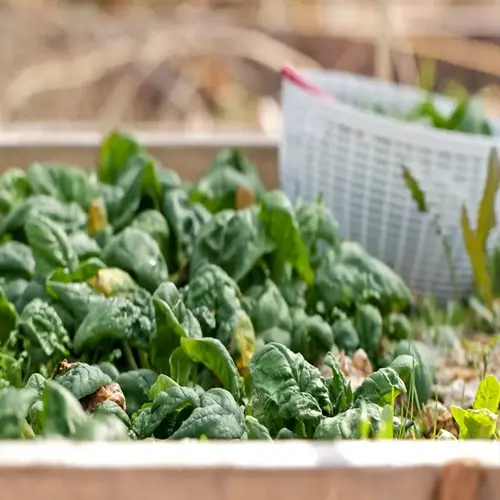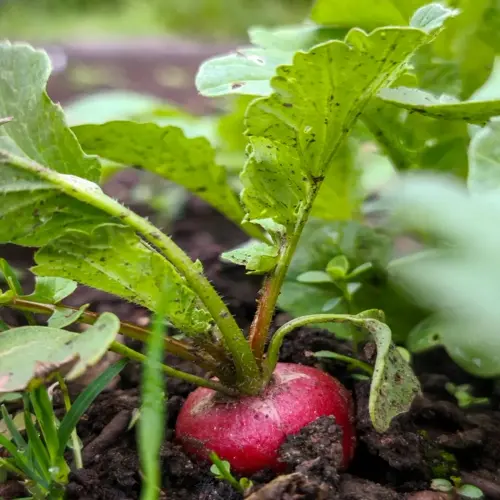Which plants make poor companions for pea cultivation?

Written by
Julia Anderson
Reviewed by
Prof. Charles Hartman, Ph.D.Companion planting has a huge effect on your success with pea harvests. You should select neighbors carefully because they may compete for essential resources such as nutrients, water, and sunlight. Some plants release chemicals that directly inhibit the growth of peas. Other plants attract a pest that targets legumes. By knowing these relationships, you can avoid disappointment in your harvest.
Onions are particularly problematic for peas. Garlic, onions, and chives produce sulfuric compounds, which inhibit pea root growth. These compounds inhibit growth and reduce nitrogen fixation. Ensure that you keep these plants at least several feet apart in the garden. I learned this lesson the hard way!
Gladiolus and other bulb flowers are very competitive with peas. They have a large, expansive root system to monopolize soil nutrients and moisture. Peas have a hard time forming good roots nearby. Just plant the ornamentals in different vegetable areas - flower borders are better than interplanted vegetable rows.
Garden Layout Planning
- Map planting zones separating peas from incompatible species
- Use tall crops like corn as natural barriers between plants
- Rotate pea locations annually to prevent soil issues
Alternative Companions
- Plant carrots between pea rows to deter pests naturally
- Grow radishes as trap crops for flea beetles
- Include aromatic herbs like mint to confuse pests
Soil Protection
- Apply mulch to minimize chemical transfer between plants
- Test soil annually for nutrient imbalances
- Amend soil with compost after removing incompatible plants
Fennel brings unique challenges due to its allelopathic chemicals. These chemicals reduce pea germination and growth. The fennel residues, even after removal, will continue to affect the soil for several months. Avoid planting peas right where fennel has grown. Select locations with a clean and known cultivation history.
Using efficient companion strategies significantly improved pea performance. Utilize smart garden design to isolate incompatible plants. Select beneficial companions such as carrots and herbs. Observe and check weekly for any signs of stress. Your peas will be pleasantly rewarded with a healthy, bountiful harvest.
Read the full article: When to Plant Peas: The Complete Guide

